The Delphinium (Delphinium elatum) comes from the Ranunculaceae family. It is a showy, short-lived perennial known for its long, colorful spikes in blue and other colors. In Greek, the word delphinium can be translated to ‘delphis,’ which means dolphin. This name is derived from the belief that the tightly closed flower buds resemble a dolphin’s nose.
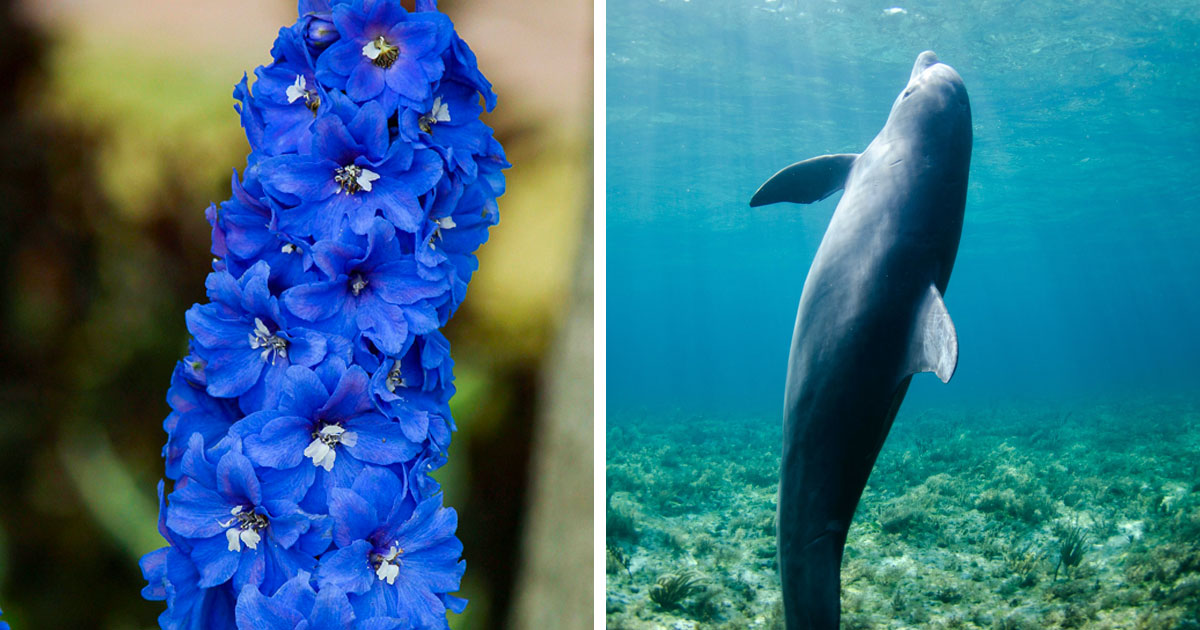
Image credits:JamesDeMersandNOAA.
There are many varieties of delphiniums ranging from dwarf hybrids to 6-foot-tall plants. Among these variations, the blue delphinium stands out as the most prevalent. Still, every delphinium flower brings color when they bloom in gardens during the summer. However, since they are short-lived perennials, it’s important to note that delphiniums typically last for only 2–3 years in the garden.
Characteristics of Delphinium Plants and Flowers
Let’s look at the delphinium plants in more detail. These features are relevant for most species of delphinium. Here are some of them:
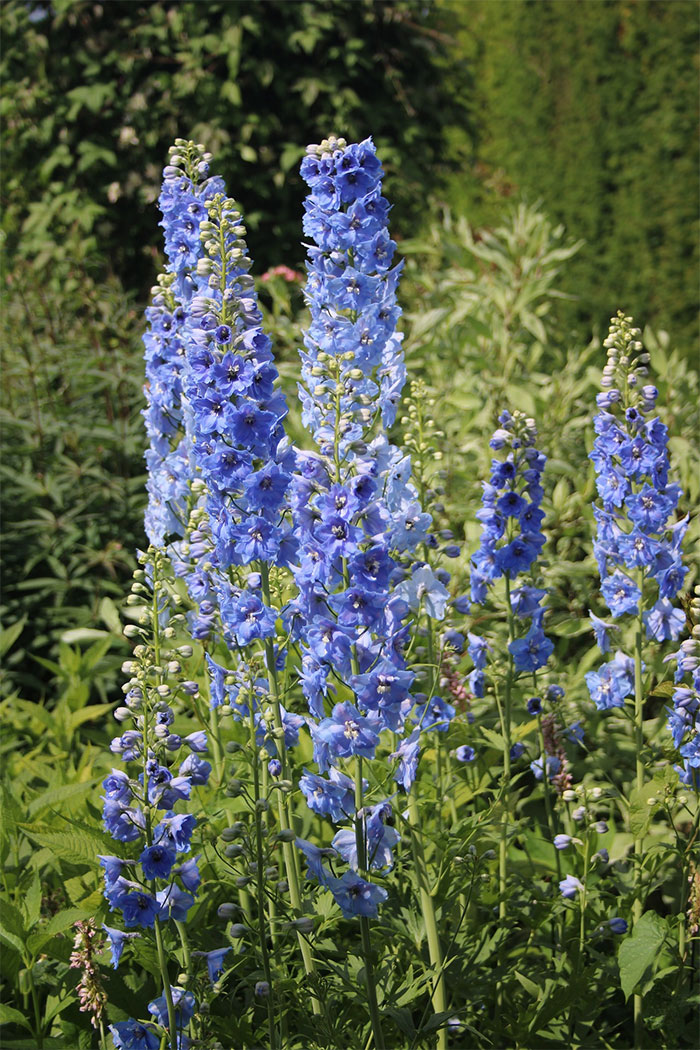
Image credits:Skylight55.
What Does Perennial Delphinium Represent?
A delphinium flower represents cheerfulness, goodwill, and joy. In some cultures, it is used to remember loved ones who have passed.
What Part of Delphinium Is Poisonous and What Happens if You Touch Delphinium?
Delphiniums are considered toxic to humans and animals. All parts of the plant contain poisonous chemicals and various diterpenoid alkaloids like methyllycaconitine. When you plant delphiniums, avoid touching them without gloves; otherwise, you can get skin irritation. Don’t consume the delphinium seeds because they have a 1.4% content of alkaloids, which can cause severe digestive issues.
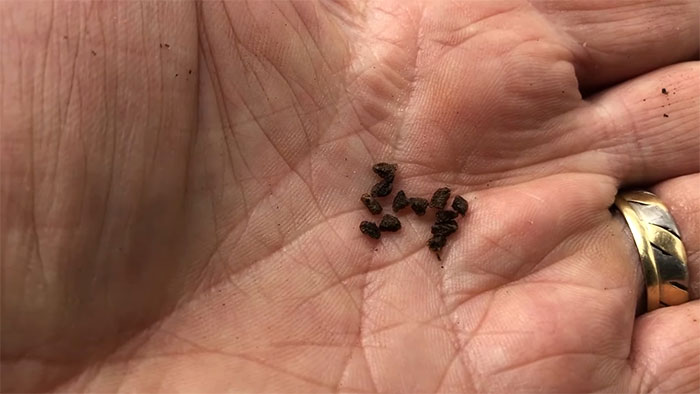
Image credits:Now This is Gardening with JohnnyA.
Take care of your pets becausesome plants are poisonous to animalsand can cause death or other health issues. There are many plants like delphiniums, which are beautiful but toxic, like the gorgeousmoonflowers. If you decide to grow these plants, take the proper precautions.
What Are the Different Types of Perennial Delphinium?
You might come across various delphinium species, cultivars of Elatum, Grandiflora, or crosses between the two, also called Belladonna.
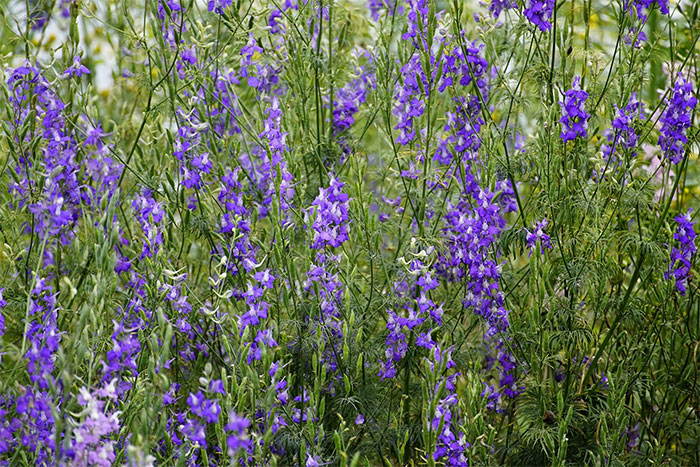
Image credits:jhenning.

Image credits:Darcey Flowers.
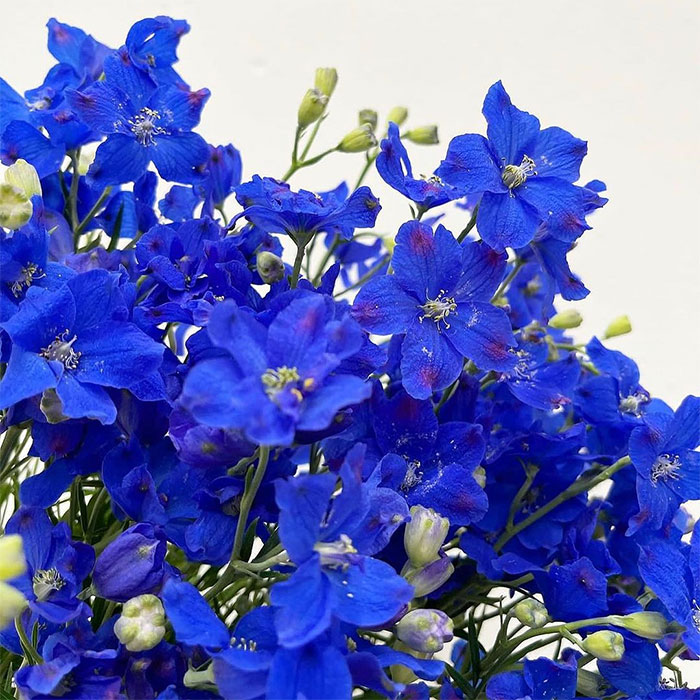
Image credits:Mayesh Wholesale Florist.
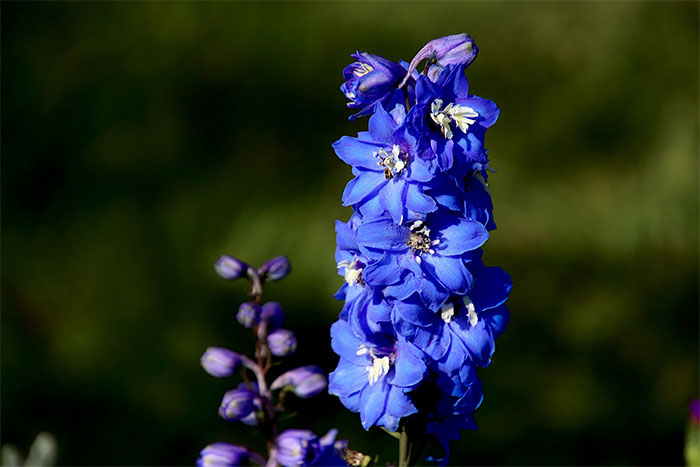
Image credits:GAIMARD.
Delphiniums have been grown for many years but are still confused with the larkspur plant. Here are some features that set the two apart.
Delphinium Flower vs. Larkspur Flower
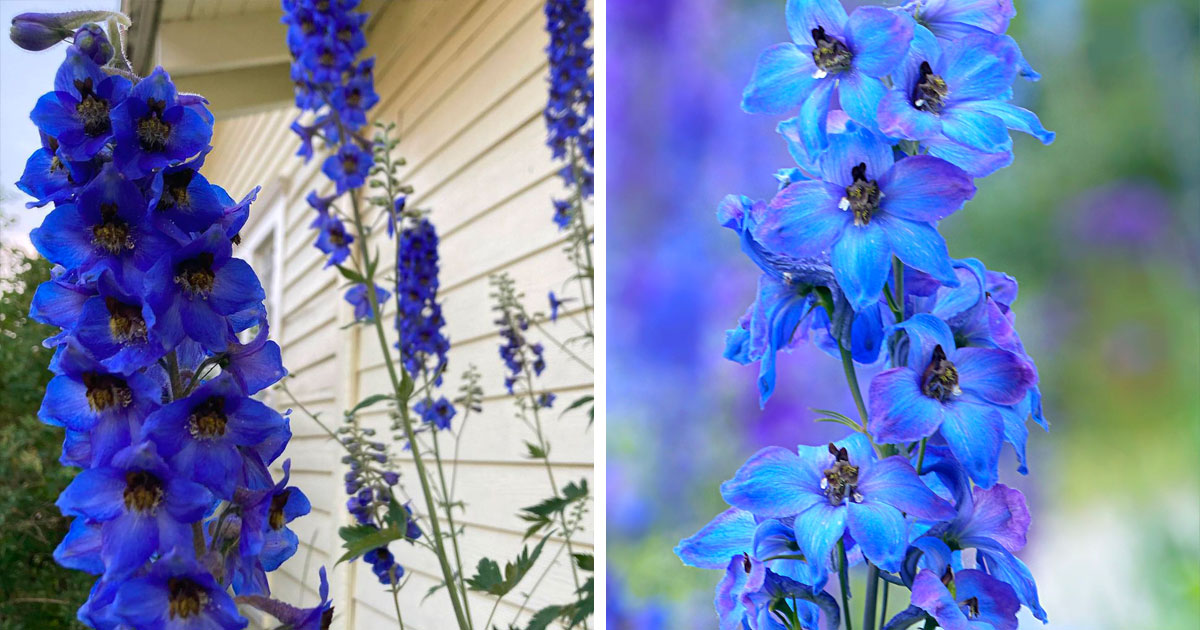
Image credits:Nested WestandOldiefan.
Now that you understand the difference between delphiniums and larkspur, you can learn how to plant them and create the mostbeautiful flower garden. However, remember that these plants are slightly high-maintenance and need suitable soil, water, and temperature conditions.
How to Plant Delphiniums
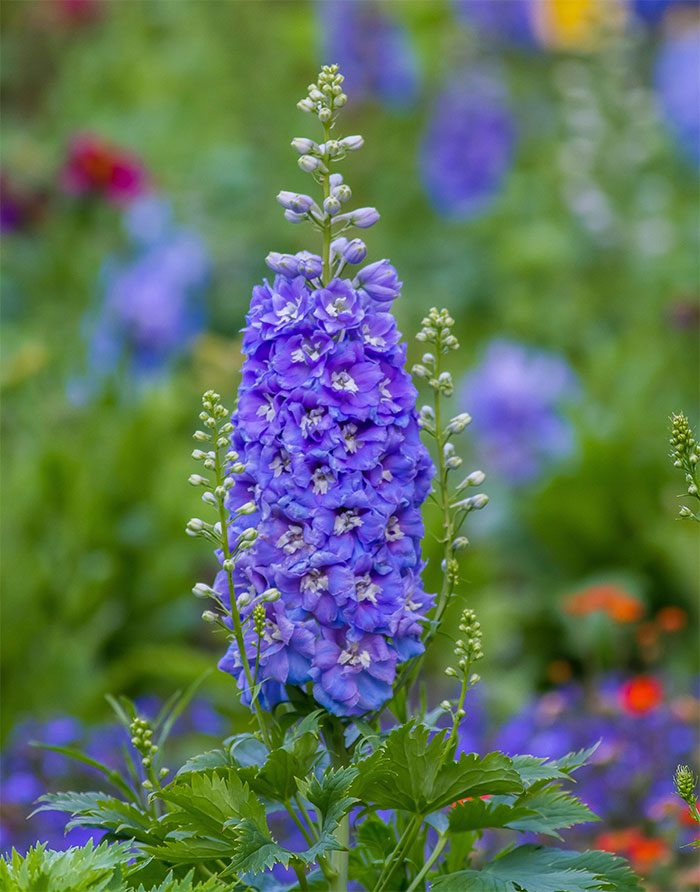
Image credits:Dulcey Lima.
How Can You Grow Delphiniums From Seeds?
Pro Tip: When transplanting the seedlings, ensure the hair-like roots don’t dry out.
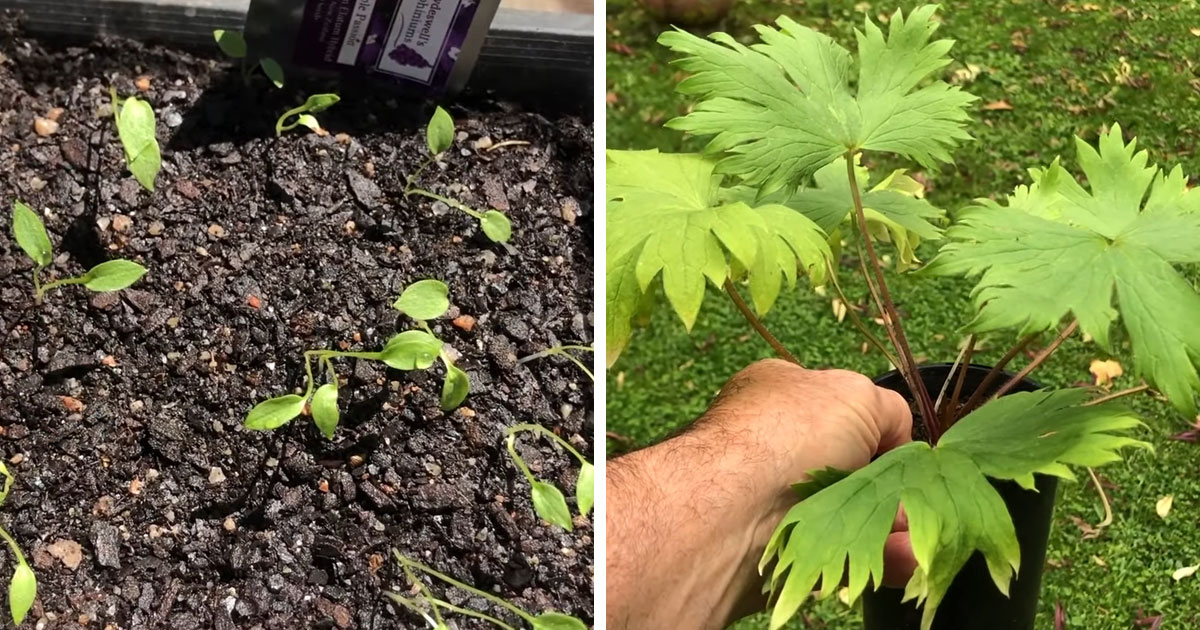
When to Plant and Grow Delphinium?
The best time to plant delphinium is late spring to early summer. You can start sowing the seeds ten weeks before the last day of spring frost. Don’t wait for late summer because the seedlings may not sprout. Shift potted delphinium transplants in spring and place them at a distance of 2–4 inches apart.
Where to Plant Delphinium?
The best spot to grow delphinium is in an area with 6–8 hours of sun. When you place these plants in a sunny spot, they will flourish. The soil should be well-draining, and there should not be standing water, which can cause root rot.
How to Grow and Care for Delphiniums in Your Summer Garden
Now that you know how to plant delphiniums, it is crucial to understand how to help them grow and look after them. Here are some steps to follow:
Provide Stake Support
Delphiniums are hardy plants, but once they reach 12 inches, their stalks might not hold the weight of the flowers. By mid-spring, you can insert sturdy stake supports to help the plants grow steadily.
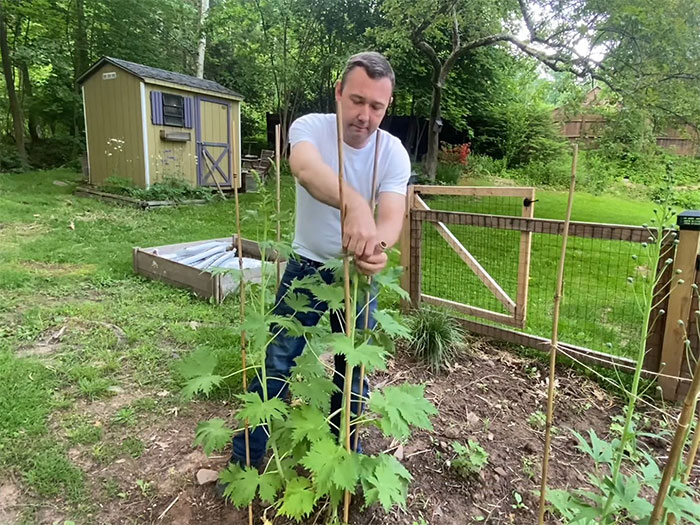
Image credits:Good Soil Nursery.
Add Fertilizer
Avoid high-nitrogen fertilizers because they can damage the plant and flower bed. With plenty of nutrition, the delphiniums will produce showy flower spikes.
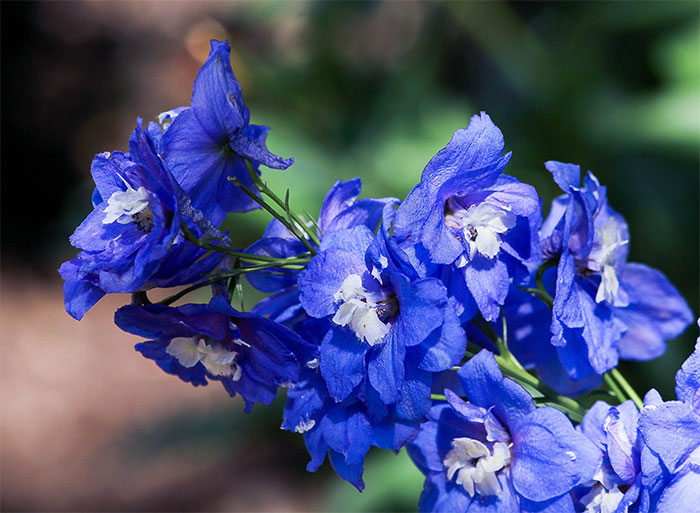
Image credits:JamesDeMers.
Propagate Young Plants
Here are some moreuseful tips for propagation.
Don’t Let the Soil Dry Out
Care for the Flower Spikes

Image credits:Zuza-Musial.
Replant Delphiniums
Harvest Delphinium Flowers
Prune the Plant
Prune the delphinium plants grown in pots or outdoor taller varieties every few months. Remove the mature flower spikes from the center and thin the number of shoots growing. This will encourage a second bloom again in late summer or autumn.
The Right Temperature and Humidity
Delphiniums are susceptible to getting a powdery mildew infestation when humidity is too high. They thrive in mild temperatures between 70–80 degrees Fahrenheit. Avoid planting them in areas that are too hot.
Now that you know all the steps to grow a delphinium, here’s how to keep it safe from other pests and problems.
Pests and Problems That Can Affect Delphinium Care
These are some of the most common issues that your delphinium might encounter and how you can look after it:
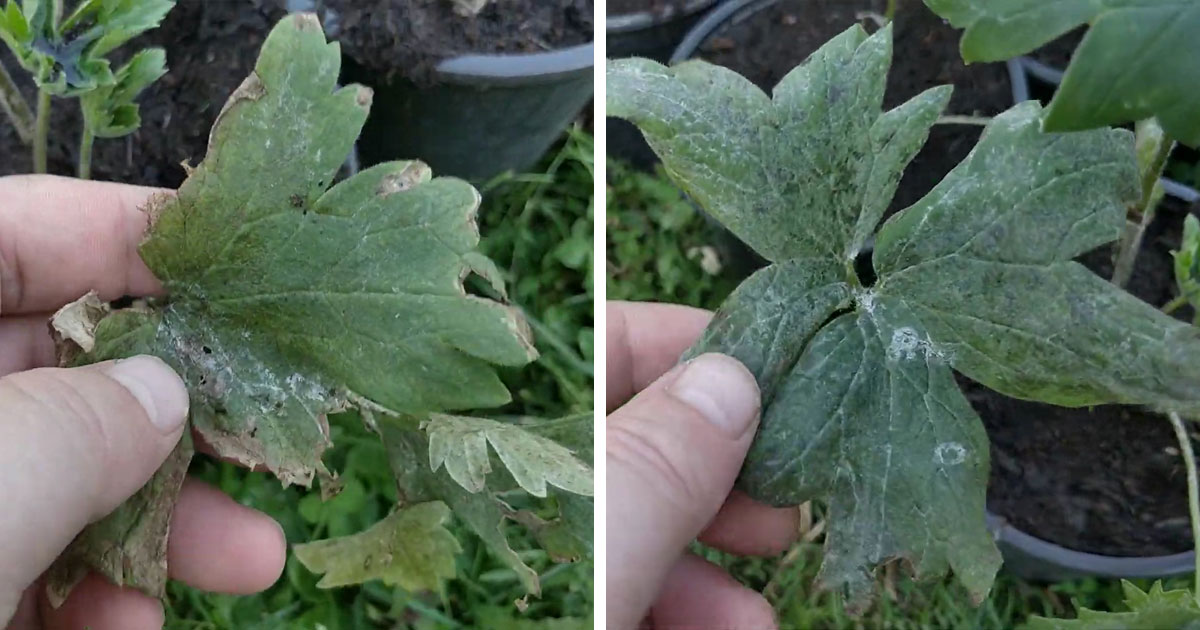
Image credits:Happy Sowing Happy Growing.
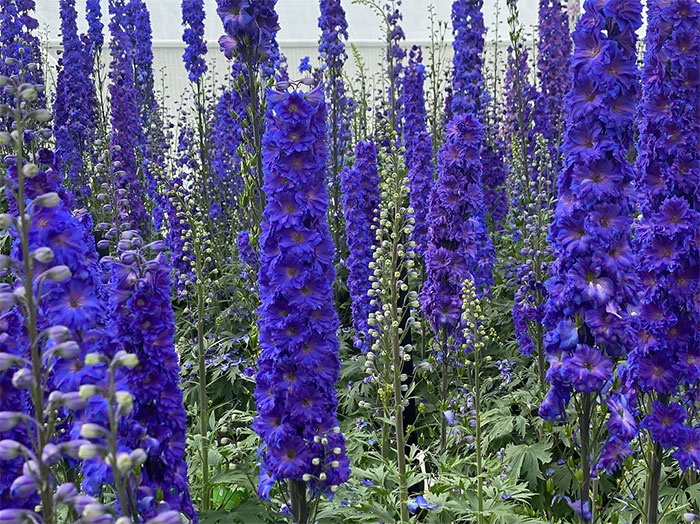
Image credits:New Zealand Delphiniums.
How to Beautify Your Summer Garden With Delphinium Blooms
Delphiniums can make your garden look eye-catching. You can follow these steps to make their colors pop:
Companion Garden Plants for Your Summer Border
These are a few interesting plants you can grow with delphiniums that add to their beauty:
1. Joe Pye Weed
This plant produces showstopping puffy flowers. It has an extensive root system and can spread well. Due to its hardy roots, it can withstand dry soil and will not choke your delphinium growth. It can grow to a height of 4–6 feet tall.
2. Hyssops Bloom
These lovely flowers are striking and produce nectar that is irresistible to hummingbirds and butterflies. Their scents are intoxicating and often smell exactly like licorice or bubblegum. They are also hardy plants that pair well with delphiniums.
3. Salvias
There are many different types of salvias, and they all produce beautiful, tall flower spikes with gray-green leaves. These ornamental plants will look fabulous next to your eye-catching delphiniums. Since they also grow in cold climates, they will provide color when the delphiniums aren’t flowering.
If a delphinium seems too much work, you can try out some beautiful alternatives to this flowering plant.
Delphinium Alternatives
Delphinium flowers are elegant and gorgeous, but the plant needs high maintenance. If you are not up for the challenges of growing it but want lovely flowers, you can pick from these alternatives.
Foxglove
The foxglove plant produces purple, yellow, and white bell-shaped flowers marked with spots within. These flowers are biennial, which means they flower in the second year. They typically grow to 45–150 cm (18–60 inches).
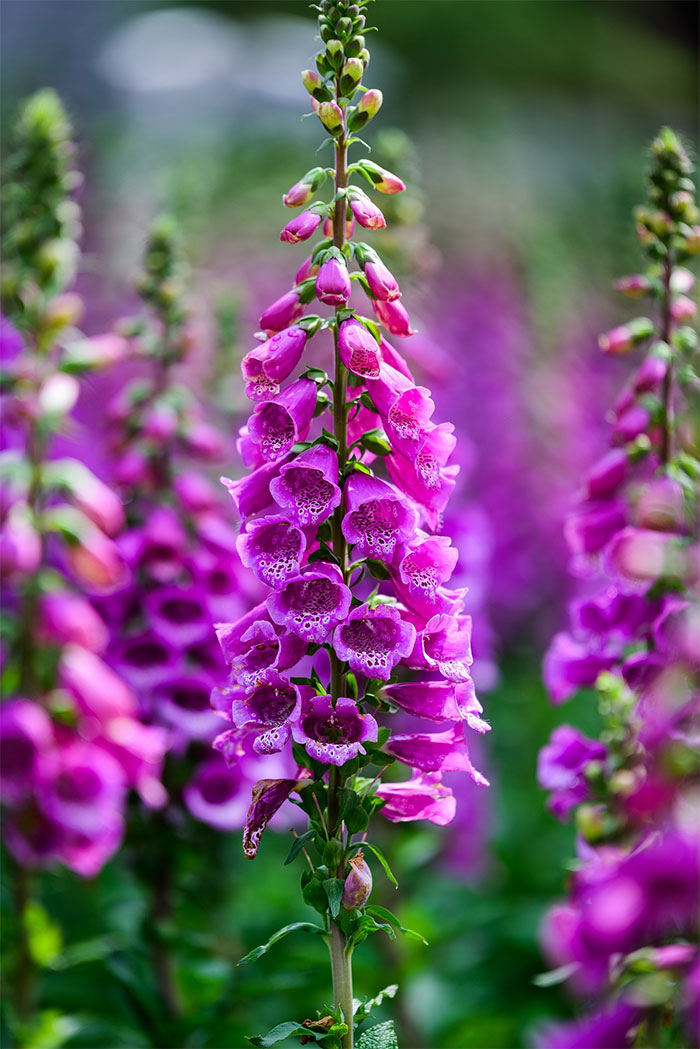
Image credits:YangGuangWu.
Hollyhock
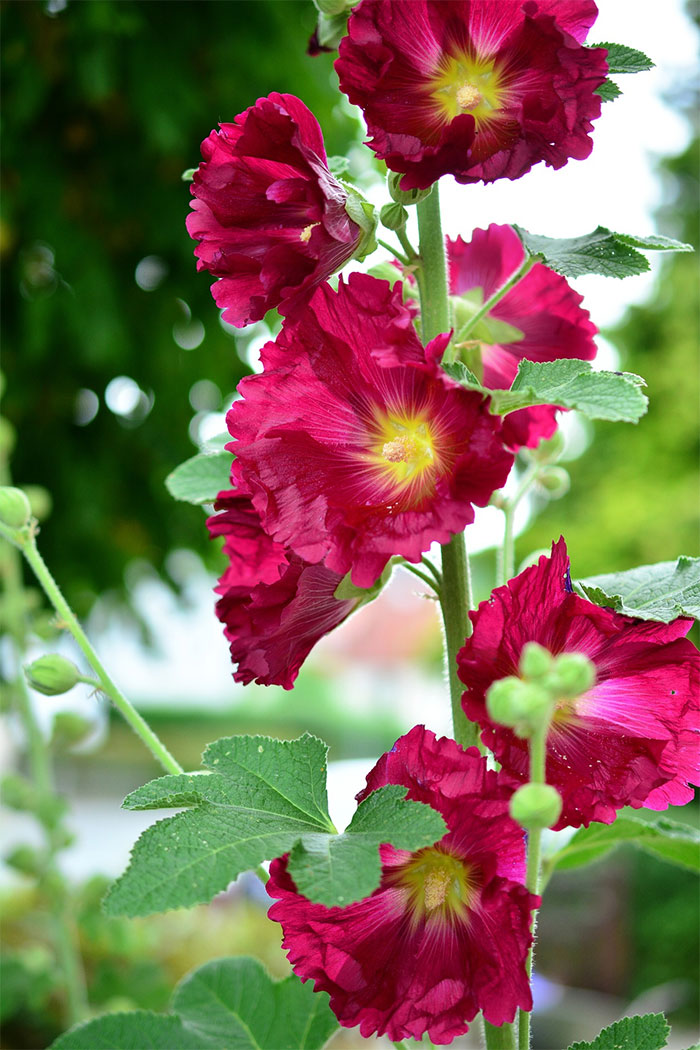
Image credits:congerdesign.
Baptisia
This is a striking perennial plant that needs minimum care. It is also called false indigo, and it produces vibrant pea-like blossoms. The flowers also come in white and yellow.
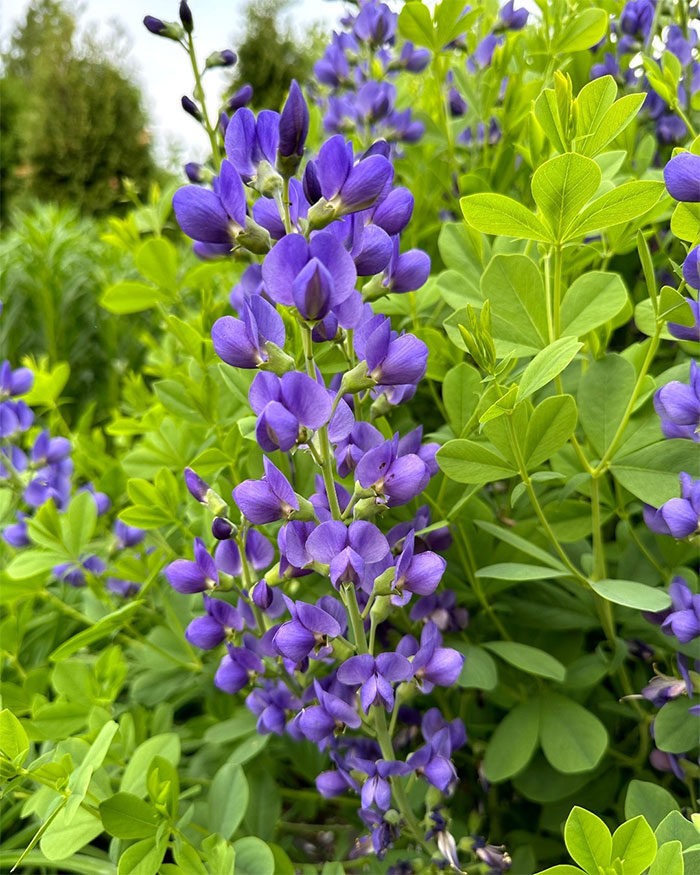
Image credits:Chicago Botanic Garden.
Handy Delphinium Care Pro Tips
Transform Your Yard With Delphiniums
The majestic delphinium plant is an excellent addition to your garden. Once you get used to its sensitive nature, you can care for it so that it flourishes. If you love flowering plants and want to create a lively yard, try growing more colorful plants. You can plant a beautifulBird of Paradise plant,Dianthus, or even aBougainvillea. The world is your oyster, and your garden is where you should have the most fun.You May LikePeople Are Sharing Their Decked-Out Bedrooms, And Here Are 30 Of The Most Amazing OnesŽydrūnė TrukanavičiūtėPanda’s Guide to Growing and Caring for a Bamboo PlantEligijus SinkunasCaring for Asparagus Fern: Tips for a Thriving Indoor PlantNatallia Pisarenka
Žydrūnė Trukanavičiūtė
Eligijus Sinkunas
Natallia Pisarenka
Home & Design